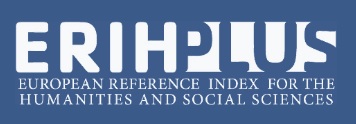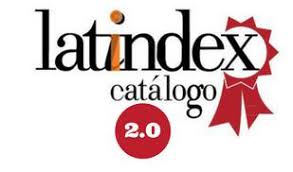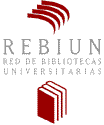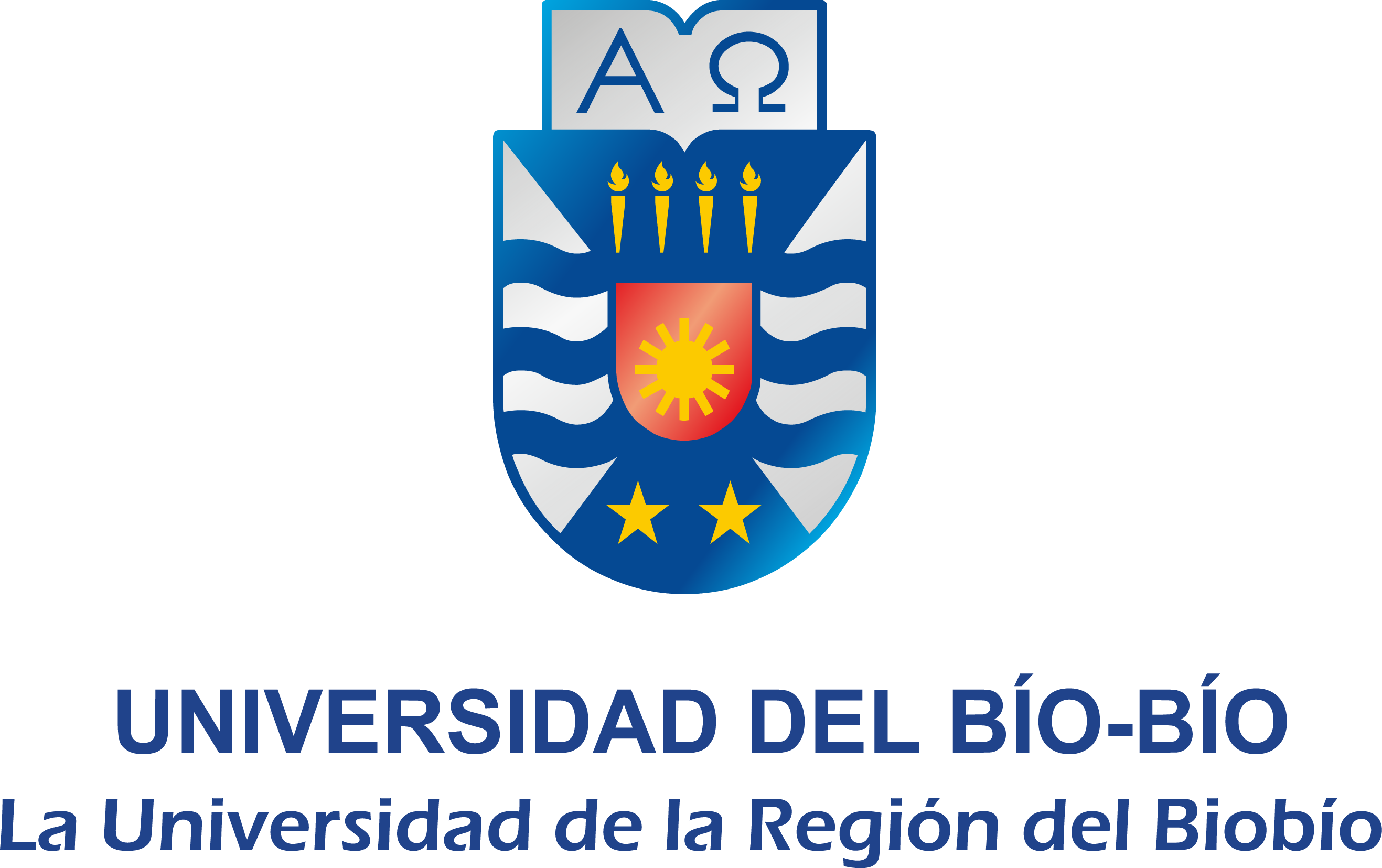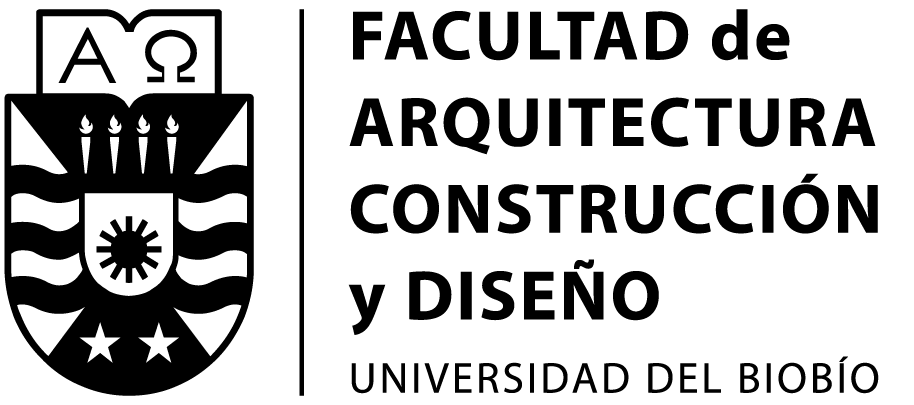Aesthetics of resistance in the migrant habitat. The case of the Los Nogales neighborhood, Estación Central, Santiago, Chile
DOI:
https://doi.org/10.22320/07183607.2024.27.50.03Keywords:
migration, habitat, resistance, urban aestheticsAbstract
Based on a conception of aesthetics outside the artistic and much closer to daily life, this research sought to understand how material expressions of the migrant habitat alter the aesthetics of neighborhoods and generate resistance to the dominant power in the territory. The methodology comprised preparing a spatialized inventory of aesthetic inventions in a case study in Santiago, Chile. This was done using systematic neighborhood photographic tours, generating more than five hundred photographs and four audiovisual records. This material was analyzed to look for recurring patterns using the research’s theoretical guidelines and support from visual and sensory ethnography. The results are grouped into four main areas – the house, the street, the shops, and the street trade – revealing how daily aesthetics transform a neighborhood setting and enable new forms of exchange and sociability among its inhabitants. It is concluded that these aesthetic manifestations weave the composition of communities and alterities, generating territorial dynamics that challenge city-imposed homogeneity. Hence, plausibility is needed to understand them, not only as the means of cultural hybridism but also as resistance aesthetics.
Downloads
References
AGIER, M. (2008). Estética y política de la identidad. Sociedad y Economía, (15), 93-100. https://www.redalyc.org/articulo.oa?id=99612494005
CAMPOS, L., y SOTO, P. (2016). Músicas nómades: demarcaciones corporales de la sonoridad en la experiencia migrante. Avances de investigación. Revista Latinoamericana de Estudios sobre Cuerpos, Emociones y Sociedad, 8(20), 74-86. https://www.redalyc.org/articulo.oa?id=273245298008
CHAN, C., y RAMÍREZ, C. (2020). Formación interdisciplinaria, colaboración y mirada comparada en el estudio de la convivencia y el multiculturalismo cotidiano: una entrevista a Amanda Wise y Selvaraj Velayutham. Si Somos Americanos. Revista de Estudios Transfronterizos, 20(1), 203-216. https://doi.org/10.4067/S0719-09482020000100203
CRUZ CONTRERAS, M. A., REYES ANDREANI, M. J., JEANNERET BRITH, F. J., CASTILLO VEGA, C., PAVEZ PÉREZ, J. F., BADILLA RAJEVIC, M., y JEANNERET BRITH, J. E. (2022). Usos de Memorias y Producción de Identidades en un “Barrio Crítico” en Santiago de Chile. Athenea Digital. Revista de Pensamiento e Investigación Social, 22(1), e3102. https://doi.org/10.5565/rev/athenea.3102
FACUSE, M., y THAM, M. (2022). Los públicos de las escenas musicales migrantes: contribuciones para una sociología de la recepción. Revista Papers 107(1), 89-119 https://doi.org/10.5565/rev/papers.2902
GUIZARDI, M., STEFONI, C., GONZÁLEZ, H., y MARDONES, P. (2020). ¿Migraciones transnacionales en crisis? Debates críticos desde el Cono-Sur Americano (1970-2020). Papeles de población, 26(106), 183-220. https://doi.org/10.22185/24487147.2020.106.36
HAESBAERT, R. (2011). Viviendo en el límite: los dilemas del hibridismo y de la multi/transterritorialidad. En P. B. Zusman, R. Haesbaert, H. Castro, y S. Adamo (Eds) Geografías culturales: aproximaciones, intersecciones y desafíos (1a ed, pp. 45–67). Editorial de la Facultad de Filosofía y Letras, Universidad de Buenos Aires.
HERNÁNDEZ, J. (2007). Estética y hábitat popular. Aisthesis, 41, 11-35. https://www.redalyc.org/articulo.oa?id=163219817002
IMILAN, W., STEFONI, C., y MÁRQUEZ, F. (2016). “Rutas migrantes en Chile. Habitar, festejar y trabajar”. Ediciones Universidad Alberto Hurtado.
Instituto Nacional de Estadística, INE (abril, 2017). Censo de Población y Vivienda. https://www.ine.gob.cl
Instituto Nacional de Estadística, INE (29 de diciembre de 2022). Estimación de personas extranjeras residentes habituales en Chile al 31 de diciembre de 2022, Informe técnico: desagregación regional y comunal. https://www.ine.gob.cl
LARA, A. (2020). Configuración de identidades en contextos migratorios: indagación de prácticas cotidianas en peluquerías dominicanas en Santiago de Chile. [Archivo PDF] https://ref.uabc.mx/ojs/index.php/ref/article/view/847/1754?lan=es_ES
LÓPEZ, M. (2021). Economías Étnicas Colombianas en el Centro Urbano de Antofagasta. Revista Geográfica de Valparaíso, 1-26. https://revistageografica.cl/index.php/revgeo/article/view/89/62
JIMÉNEZ, E. (2017). Inmigrantes haitianos en la Población los Nogales de la comuna de Estación Central. Segregación residencial y proceso de guetización. (Tesis de Magíster en Ciencias Sociales con mención en Sociología de la Modernización, Universidad de Chile). https://repositorio.uchile.cl/handle/2250/176335
MANDOKI, K. (2001). Análisis paralelo en la poética y la prosaica; Un modelo de estética aplicada [Archivo PDF] https://revistaaisthesis.uc.cl/index.php/RAIT/article/view/4548/4222
MANDOKI, K. (2006). Prácticas Estéticas e Identidades Sociales. Siglo Veintiuno editores.
MARCUS, G. (2001). Etnografía en/del sistema mundo. El surgimiento de la etnografía multilocal. Alteridades, 11(22), 111-127. https://alteridades.izt.uam.mx/index.php/alte/article/view/388/387
MARGARIT, D., y BIJIT, K. (2014). Barrios y población inmigrantes: el caso de la comuna de Santiago. Revista INVI, 29(81), 19-77. https://doi.org/10.4067/S0718-83582014000200002
MÁRQUEZ, F. (2013). De Territorios, Fronteras e Inmigrantes. Representaciones Translocales En La Chimba, Santiago De Chile. Chungara, Revista de Antropología Chilena, 45, (2), 321-332. https://doi.org/10.4067/S0717-73562013000200008
MEDINA, J., (2022). Estéticas de la resistencia: reimaginando la filosofía crítica desde las gramáticas de lo inaudito de María del Rosario Acosta López*. Estudios de Filosofía, (66), 155-165. https://doi.org/10.17533/udea.ef.349613
MEDINA GAVILANES, A., y CANO-CIBORRO, V. (2022). Cartografiando el conflicto cotidiano en espacios públicos. Micro-actividades informales en infraestructura formal. Parque Entrada Carapungo, Quito. Revista INVI, 37(106). https://doi.org/10.5354/0718-8358.2022.67122
MELCHIONNE, K. (2013). The definition of everyday aesthetics. Contemporary Aesthetics, 11, Article 26. https://digitalcommons.risd.edu/liberalarts_contempaesthetics/vol11/iss1/26/
MURCIA, E. (2019). Marcos de reconocimiento de las vidas precarias: desposesión y vulnerabilidad en Judith Butler. Bogotá: Universidad de La Salle, Facultad de Filosofía y Humanidades.
PINK, S. (2001). Doing Visual Ethnography. Editorial SAGE.
PINK, S. (2009). Doing Sensory Ethnography. Editorial SAGE.
RANCIÈRE, J. 2009. El reparto de lo sensible: Estética y política. LOM.
RANCIÈRE, J. 2020. Le temps du paysage. Aux origines de la révolution esthétique. La Fabrique.
SILVA, R., CAMPOS, L., y JAUREGUIBERRY, J. (2020). Ropa tendida: Gestos de la experiencia cotidiana de la ciudad. Revista Rupturas, 10(2), 127–142. https://doi.org/10.22458/rr.v10i2.3022
THAYER, L. E. (2013). Expectativas de reconocimiento y estrategias de incorporación: la construcción de trayectorias degradadas en migrantes latinoamericanos residentes en la Región Metropolitana de Santiago. Polis (Santiago), 12(35), 259-285. https://www.scielo.cl/scielo.php?script=sci_arttext&pid=S0718-65682013000200012
TIJOUX, M. E., y PALOMINOS, S. (2015). Aproximaciones teóricas para el estudio de procesos de racialización y sexualización en los fenómenos migratorios de Chile. Polis (Santiago), 14(42), 247-275. https://www.scielo.cl/scielo.php?script=sci_arttext&pid=S0718-65682015000300012
Downloads
Published
How to Cite
Issue
Section
License
Copyright (c) 2024 Bianca Apolinario-Faria, Luis Campos-Medina

This work is licensed under a Creative Commons Attribution-ShareAlike 4.0 International License.
The content of articles which are published in each edition of Habitat Sustentable, is the exclusive responsibility of the author(s) and does not necessarily represent the thinking or compromise the opinion of University of the Bio-Bio.
The author(s) conserve their copyright and guarantee to the journal, the right of first publication of their work. This will simultaneously be subject to the Creative Commons Recognition License CC BY-SA, which allows others to share-copy, transform or create new materials from this work for non-commercial purposes, as long as they recognize authorship and the first publication in this journal, and its new creations are under a license with the same terms.![]()








